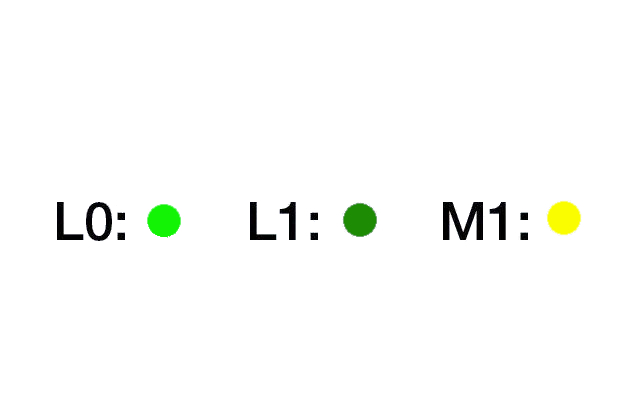|
Capillary joining
Both brazing and soldering as joining techniques are based on capillary action. Therefore, one may regard hard and soft solder joints as capillary connections between the metals. The capillary effect is defined as follows: " By getting a capillary (small tube) into a liquid, the liquid level in the capillary either rises above or sinks below the liquid level outside of the tube. If the liquid wets the tube , the level increases ; otherwise it decreases." (Dictionary of Physics and Chemistry, Iwanami Publishing House). In soldering, the former is the case as the capillary (i.e. the base material) is wetted by the liquid (i.e. the molten solder). The s urface tension of the molten solder plays an important role. Let h be the liquid level difference between the interior of the capillary and the liquid surrounding it, r the radius of the capillary, ρ the density of the liquid, γ its surface tension, θ the contact angle and g the acceleration of gravity. Then:
h=2 rcosθγρg
∴ γ=2 rcosθρgh
The surface tension of a solder alloy is extremely difficult to assess as it depends on several factors. Among other things, it is closely related to the θ wetting angle and the self-alignment of components in the assembly. See also Meniscus and Self-alignment effect.
|

